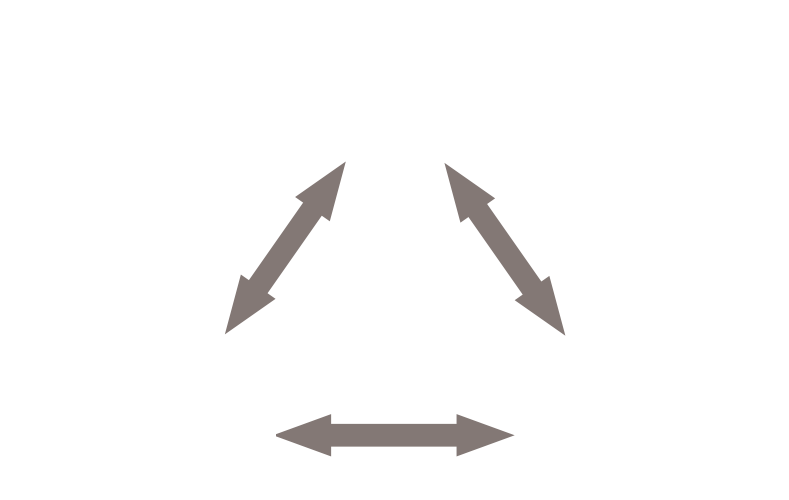OPTIMISING MOISTURISER USE IN CHILDHOOD ECZEMA
Eczema pathophysiology
Eczema is characterised by a dysfunctional skin barrier, which causes dry skin;2 an interaction between genetic, environmental and immunological factors contributes to eczema.5
Click each section below for more information.
Skin barrier function
- Skin is a physical barrier against water loss and harmful environmental factors. In eczema, abnormalities in the structure of skin impair barrier function3
- Skin affected by eczema shows reduced hydration and is more susceptible to allergens3,5
- Skin from healthy people has an acidic pH which helps stop bacterial growth. Eczematous skin is less acidic and therefore is at increased risk of infection.3,5
Factors that may exacerbate eczema
- Harsh soaps, detergents and wool5
- Seasonal changes (e.g. due to changes in environmental pollution, temperature, low levels of UV exposure and humidity)5,6
- Heat5,6
- Sweating5
- Infections5
- Food allergies5
- Stress.5
Immunological factors
Several immunological factors contribute to eczema including:
- Activation of T-helper 2 cells, a type of lymphocyte, which drive immunity and inflammation5
- Increased production of pro-inflammatory cytokines (messengers that carry signals between cells)5
- Increased levels of serum immunoglobulin E (IgE), which play an essential role in an allergic response.5

